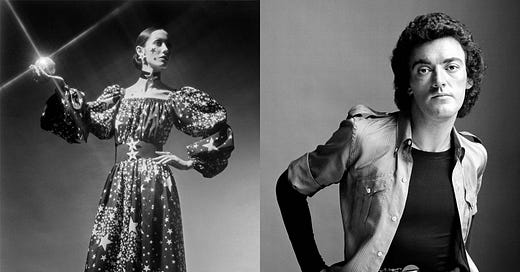May I present to you - Walter Albini
The creator of Prêt a Porter in Italy as we know it today. Walter Albini is making a return and Alessandro Michele is involved in the conversation.
Have you ever heard of Halston? Madeleine Vionnet? Poiret? Walter Albini? Krizia? and the list could go on and on.
All of these brands have died together with their designer in the 20th Century and the memory of their creations and innovations remains alive only for the industry's insiders. They all participated in making history but few really know the value of their input to the world of fashion. They are forgotten. And while some of them tried to make a return into the luxury business, most of them didn’t last long.
Walter Albini is set to be relaunched, the news is confirmed, and I’m here to explain why this is major news for the history of fashion.
The first Fashion Designer
Towards the end of the 60s in Italy, younger generations started to prefer a more democratic approach towards fashion. In order to be cool you didn’t have to go to Paris and buy Dior Haute Couture anymore, you just had to go to the American market in Livorno to buy clothes from the US for cheap. Suddenly, for the first time, people gained a freedom of expression that never occurred before. It was the first sign that something in society was about to change for good.
Suddenly, young girls in need of a reference found themselves in need of a faster, direct, and honest guide: a fashion designer.
The designer becomes the intermediary between society, aesthetics, and market changes and begins to have a more direct influence on consumers’ behavior. Later on, especially in the 1980s, this role would speak to a broader public than that of haute couture with more and more authority. The first example of an Italian fashion designer is Walter Albini.
This is how important he was. Still, nobody remembers him.
Walter Albini
Walter Albini was born in 1941, in Busto Arsizio, a small city right outside of Milan. After his studies at the Institute of Art in Turin, he moved to Paris where he made the encounter of Mademoiselle Coco Chanel, whom he adored. Back in Milan, he started to work as a freelancer with several small companies and this gave him the chance to explore every type of market, from leather accessories to cachemire cardigans, to the exploration of new prints in collaboration with Etro. This led to the creation of his first collections presented in Florence, where, for the first time, several companies competed to create a unique vision for a designer.
In fact, Albini had the intuition to have the outerwear produced by Basile, the knitwear by Escargots, the shirts by Diamant's, and the jersey by Callaghan to give the project a stylistic unity and to present everything together. This date is remarked to be the official beginning of Prêt-à-Porter. He was defined to be as innovative as Yves Saint Laurent in Paris and Halston in New York.
Walter Albini was a key driver of Italy's ready-to-wear revolution.
- Innovations he brought to the Fashion World -
After creating his own line, Albini became a key driver of Italy’s ready-to-wear revolution, combining products from various industrial partners to create a “total look” on the runway - the start of Ready-to-Wear as we know it today;
One of the first designers to abandon the tradition of showing at Pitti in Florence, in favor of Milan, Albini helped pave the way for today’s Milan Fashion Week;
He was the first to invent the concept of brand image and storytelling, plus his presentations slowly became a show, making them more fun and interesting for the press, he understood the idea of communication pretty well;
he created the first genderless collection in history, in 1970;
By 1973, he was greatly known around the world.
Unfortunately, after his silent death in 1983 caused by AIDS, his memory has been quickly erased by the arrival of Giorgio Armani, Missoni, Ferrè, and Gianni Versace who were all gaining some success at that point.
Announced: Walter Albini Relaunch
After more than 40 years, Rachid Mohamed Rachid, through the Swiss-based fund Bidayat, recently acquired the intellectual property and archive of the decades-old dormant brand Walter Albini with the aim of relaunching it and 'reclaiming its rightful place among the best luxury brands on the global scene'.
Many times in history, professionals have tried to reopen old brands, the so-called ‘sleeping beauty’ brands, to give them a new life after the designer’s death.
The Big Challenge of Rebooting ‘Sleeping Beauty’ Brands
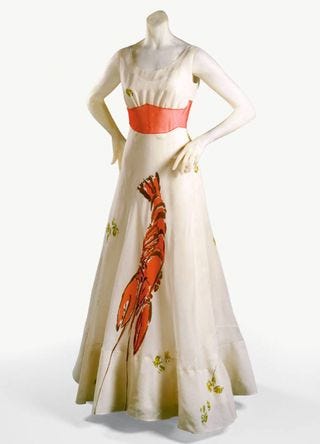
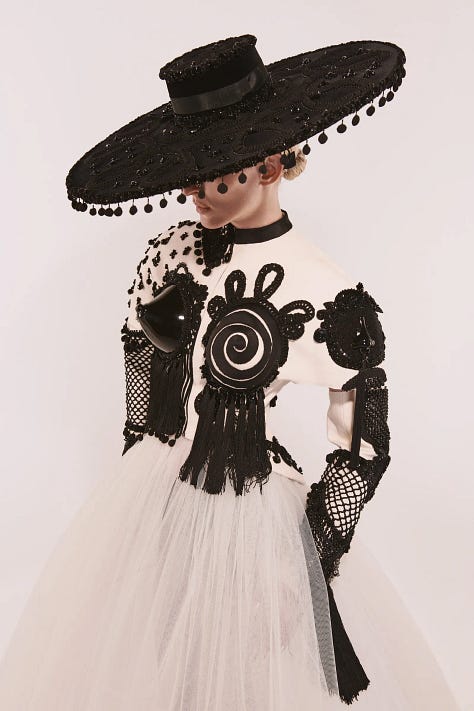
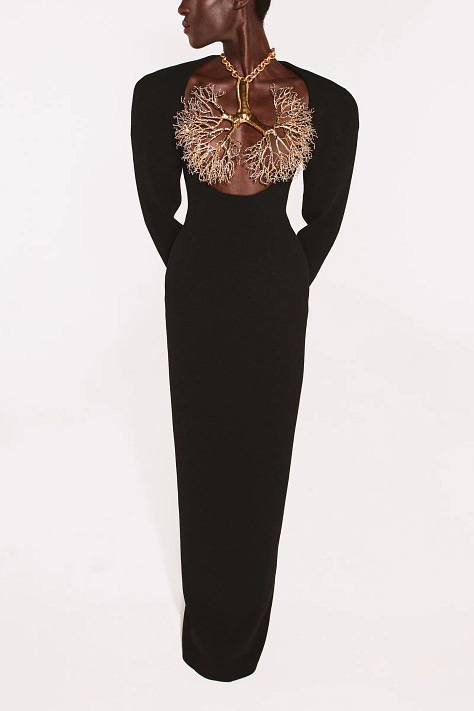
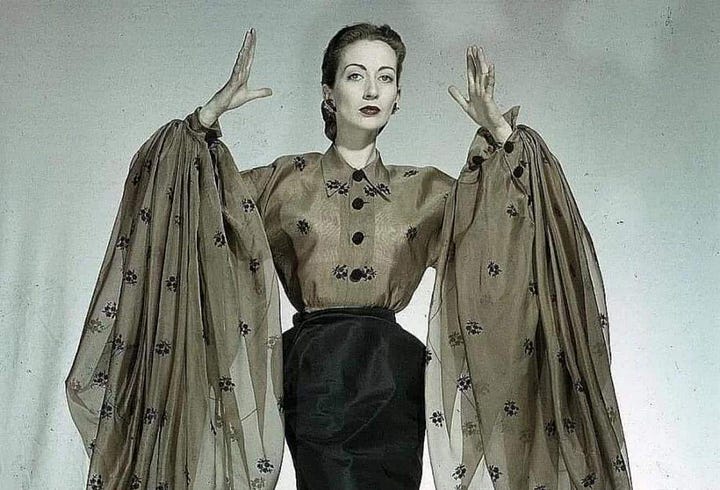
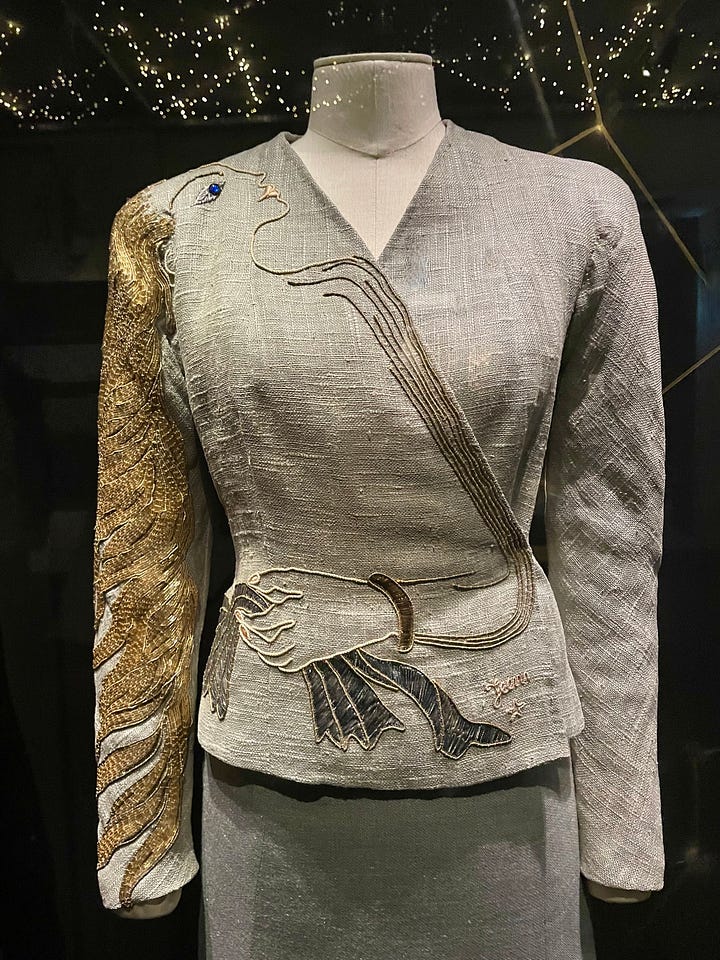
French couture houses like Poiret and Vionnet have staged short-lived returns to the Paris fashion calendar, while a 15-year push to revive Schiaparelli finally gained attention in recent years under designer Daniel Roseberry. Kering’s Balenciaga — a brand shut down in 1968 - re-launched in the late 80s and took off after Nicolas Ghesquière was appointed creative director in 1997. This is the strategy’s biggest success story to date, remarking the importance of finding the right designer to make a brand revival work.
In 2018, Anne Chappelle, a Belgian Businesswoman, took over the challenge of rebooting the 20th Century’s first notable fashion house, Paul Poiret.
At its height, Poiret was the most powerful couture house in Paris. But today's consumers have little awareness of the brand, making the relaunch challenging. Previous attempts to re-launch storied labels like Charles Frederick Worth, considered by some to be "the father of haute couture," and Vionnet, which revolutionised couture with bias-cutting in the 1930s, have fallen flat. But Chappelle is undeterred. “It’s like reading a book to the new generation,” she said.
(from Anne Chapelle's Next Move, 2018)
In Albini’s case, enlisting a major designer like Alessandro Michele (former creative director of Gucci) could certainly give the strategy a greater chance of success.
Articles to Read:
As you may have noticed I updated the logo and name of the newsletter! Hope you all enjoy this publication, don’t hesitate to comment!

